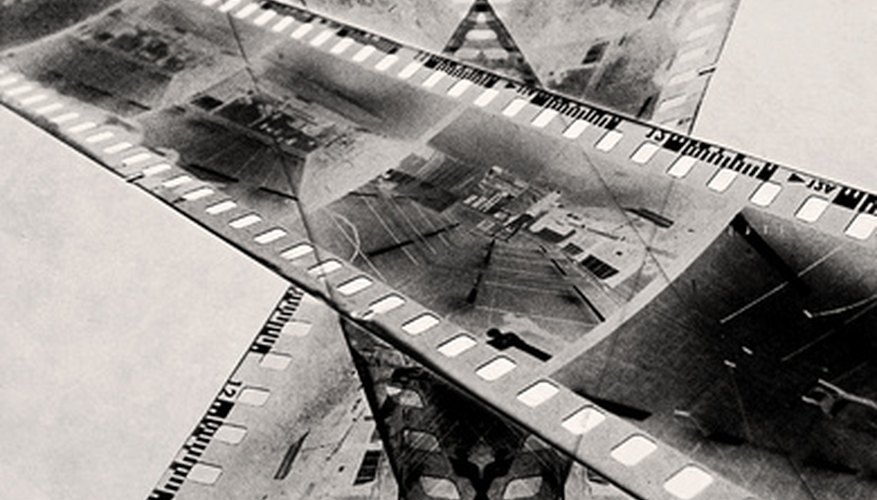When you compare a daguerreotype to a calotype, at first glance they may seem to be wildly different versions of early photographic techniques. A daguerreotype is a sharply detailed image preserved on a copper plate, while a calotype is a negative image developed on paper. Though the end products look different, the processes used to create them have some similarities.
Preparation
Both calotypes and daguerreotypes utilised silver and iodine to make the materials light-sensitive. The paper used for calotypes would be washed with a silver nitrate solution followed by a potassium iodide solution, while the copper plates used for Daguerreotypes were exposed to iodine fumes. The iodine fumes then reacted with the copper to form silver iodide.
- When you compare a daguerreotype to a calotype, at first glance they may seem to be wildly different versions of early photographic techniques.
- The paper used for calotypes would be washed with a silver nitrate solution followed by a potassium iodide solution, while the copper plates used for Daguerreotypes were exposed to iodine fumes.
Exposing Pictures
The time frame for taking pictures after preparing the materials was fairly short for both processes. Daguerreotype plates had to be used within an hour of being exposed to iodine fumes. Calotype paper had a longer window for use in that it needed to be coated with a solution of gallo-nitrate of silver (silver nitrate mixed with gallic acid) before it could be used in an exposure; however, once this was done, the paper had to be used within a few hours.
Fixing Images
Both methods required the final image to be fixed by rinsing the paper or copper plate in a salt solution. Sodium thiosulphate was used for calotypes and plain saline solution (salt and water) for daguerreotypes. Fixing washed away remaining traces of silver so the image would not continue to darken and become overexposed.
